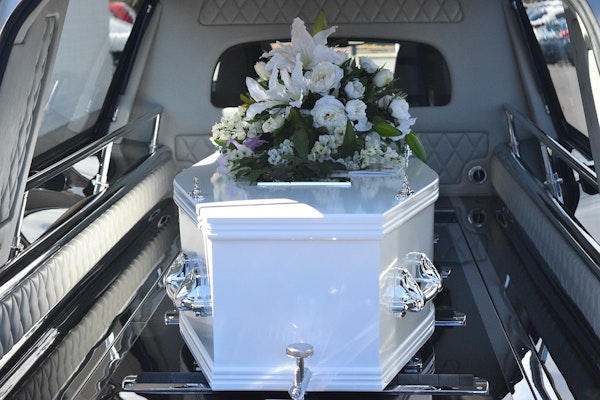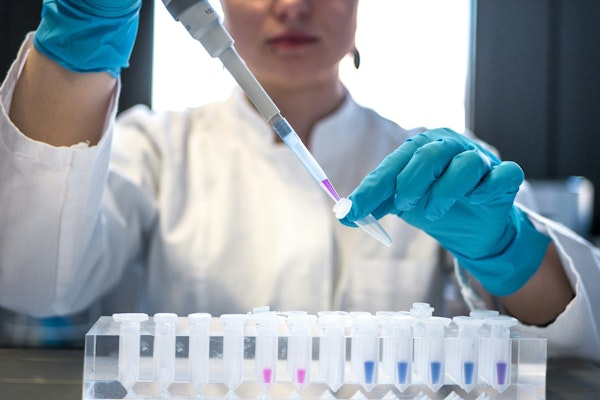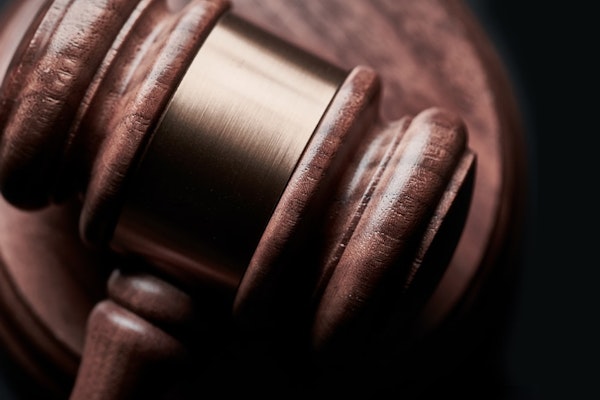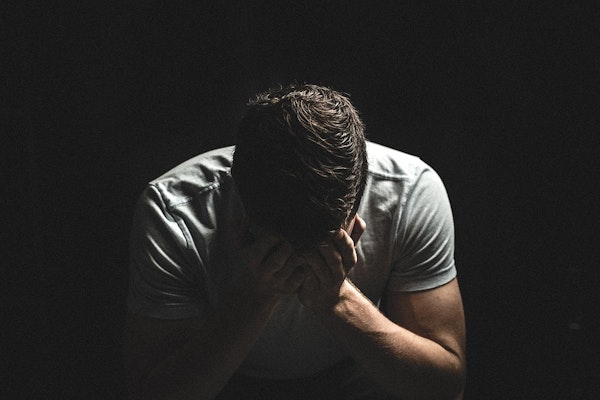
Michigan Physician Charged with Disability Insurance Fraud
A Sylvan Lake physician has been charged for allegedly filing fraudulent disability claims, resulting in over $300,000 in unwarranted payments.
March 13, 2024
Fraud
Insurance Industry
Legislation & Regulation
Life & Health
Michigan

Jacksonville Funeral Home Director Faces Insurance Fraud Charges
A former funeral home director in Jacksonville pleads not guilty to charges centered around false insurance claims and theft, highlighting the need for stricter oversight.
March 13, 2024
Fraud
Insurance Industry
Legislation & Regulation
Life & Health
Florida

Benzene Found in Popular Acne Treatments, Testing Firm Urges FDA Recall
A Connecticut lab’s findings of high benzene levels in benzoyl peroxide acne treatments prompt a call for FDA action, highlighting safety concerns over common skincare products.
March 11, 2024
Legislation & Regulation
Life & Health
Connecticut

Defense Highlights Systemic Failures in ’Rust’ Trial, Calls Attention to Production and Investigative Lapses
In a strategic move, the ’Rust’ trial defense calls witnesses to underscore systemic issues and investigative shortcomings, distancing their client from sole responsibility.
March 7, 2024
Life & Health
Litigation
Risk Management
Weird
New Mexico

WD Flooring Faces Hefty Fines for Multiple Safety Violations, OSHA Reports
OSHA proposes a $269,662 penalty against WD Flooring for serious safety violations including electrical and fall hazards, lack of hearing protection, and inadequate training on hazardous chemicals.
March 7, 2024
Legislation & Regulation
Life & Health
Risk Management
Workers' Compensation
Wisconsin

Climate Change and Rising Sea Levels Poised to Amplify Arsenic Contamination in Drinking Water
A comprehensive study predicts that sea level rise due to climate change could exacerbate arsenic release into Bangladesh’s well water, heightening public health risks.
March 6, 2024
Life & Health
Risk Management

Addressing Kinesiophobia: The Hidden Barrier to Recovery in Workers’ Compensation
Experts identify kinesiophobia, the irrational fear of movement, as a significant obstacle in workers’ compensation cases, stressing the need for a multidisciplinary treatment approach.
March 6, 2024
Education & Training
Life & Health
Risk Management
Workers' Compensation

Record-Breaking $72.5 Million Payout to Bus Accident Victim Marks One of MTA’s Largest Settlements
A landmark $72.5 million judgment has been awarded to Aurora Beauchamp, a cancer patient severely injured by a city bus, marking one of the MTA’s largest payouts.
March 5, 2024
Catastrophe
Legislation & Regulation
Liability
Life & Health
Florida
New York

Ransomware Assault on Change Healthcare Leads to $22 Million Payment and Sector-Wide Alarm
The ransomware attack on Change Healthcare has not only disrupted US pharmacies but also sparked a potential $22 million ransom payment, raising concerns across the health care sector.
March 5, 2024
Fraud
Life & Health
Technology

Exploring the Impact of Physical Therapy on Workers’ Compensation and Beyond
Physical therapy (PT) is increasingly recognized for its clinical and economic benefits, offering significant savings and improved outcomes across the healthcare spectrum.
March 4, 2024
Insurance Industry
Life & Health
Technology
Workers' Compensation

Family Seeks Justice After Tragic Allergic Reaction Death at Disney Restaurant
A New York doctor’s sudden death due to an allergic reaction at a Disney Springs restaurant sparks a lawsuit against Walt Disney Parks and Resorts.
February 29, 2024
Life & Health
Litigation
Risk Management
Florida
New York

Nationwide Cyberattack Disrupts Healthcare Payments and Patient Care
A cyberattack on Change Healthcare has caused significant disruptions, affecting hospitals, pharmacies, and patient care across the United States.
February 28, 2024
Life & Health
Technology
Texas

UnitedHealth Group’s Subsidiary Hit by Suspected Nation-State Cyberattack
The healthcare industry faces a significant cybersecurity challenge as UnitedHealth Group’s subsidiary, Change Healthcare, falls victim to a cyberattack suspected to be orchestrated by government-backed hackers.
February 26, 2024
Insurance Industry
Life & Health
Technology
Michigan

Addressing Mental Health Challenges in the Construction Industry
With a high suicide rate and prevalent mental health issues, the construction industry faces a pressing need to prioritize worker wellbeing and safety strategies.
February 23, 2024
Education & Training
Life & Health
Risk Management
Workers' Compensation

Courts Still Grappling with COVID-19 Workers’ Compensation Claims Amid Long COVID Concerns
As the pandemic ends, courts continue to evaluate COVID-19 workers’ compensation claims, highlighting the ongoing challenges of proving work-related long COVID disabilities.
February 21, 2024
Legislation & Regulation
Life & Health
Risk Management
Workers' Compensation
Alabama
Maryland
West Virginia





